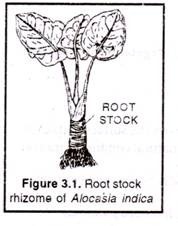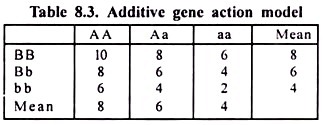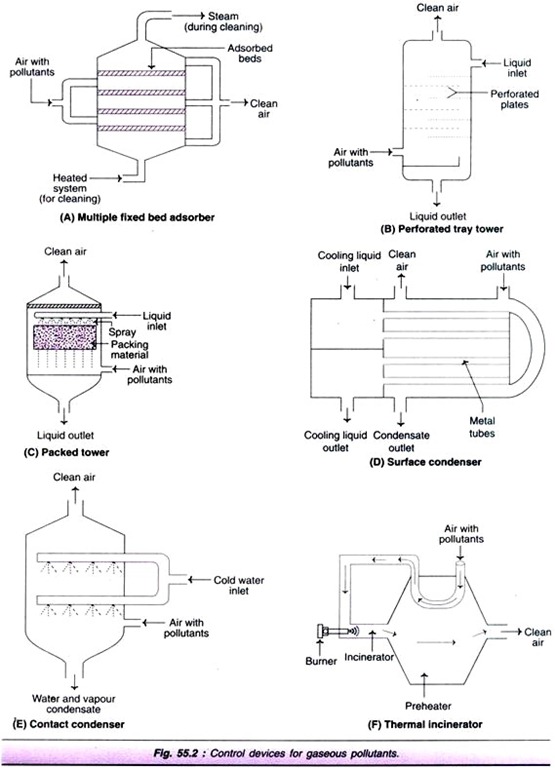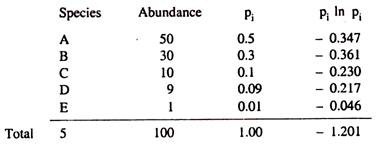Some of the most important types of modifications of stem are as follows:
I. Underground modifications of Stem II. Subaerial modifications of Stem III. Aerial modifications of Stem.
I. Underground modifications of Stem:
Many plants produce underground stems for perennation and food storage. They produce aerial shoots annually.
Although they resemble roots superficially but can be; distinguishable from roots by the presence of following features:
(i) Presence of nodes and internodes
(ii) Presence of scale leaves, buds and adventitious roots at the nodes.
(iii) Internal structure resembles that of aerial stem and not of root.
Some underground modified stems are as:
1. Rhizome:
It is fleshy, non-green underground stem. It has distinct nodes and internodes. The nodes bear dry scale leaves with axillary buds. Terminal buds also present. Adventitious roots arise from the lower side. The rhizome that grow obliquely is called root stock rhizome (e..g., Alocasia, Dryopteris, Banana etc.) and when grow horizontally is called straggling rhizome [e.g. Ginger, termeric, Cannaetc.).
2. Bulb:
It is a highly condensed discoid stem its upper surface a terminal bud and many fleshy scale leaves are present. A cluster of adventitious roots arise from the base of the bulb. The bulbs may be tunicated or scaly. A tunicated bulb is covered by a sheath of dry membranous scale leaves called tunic, e.g., onion and garlic. In case of garlic, the bulb consists of an aggregate of bulblets or cloves, each covered by its individual tunic. A scaly bulb is without any tunic, e.g., Lily.
3. Corm:
It is a condensed form of rhizome growing in vertical direction. It is more or less spherical with a flattered base. The corm has distinct circular nodes and in ternodes. The n ides bear scale leaves and axillary buds. Adventitious roots arise either from its base or all over the body. Examples- colocasia, corcus, Amorphophallus.
4. Tuber:
Stem tuber is a swollen tip of an underground lateral Stem (Stolon). It is covered by a corry Skin with a number small depressions called eyes’. Each eye represents a node, bearing one or more buds subtended by a leaf scar (= scale leaf). A big scar at one end (heel end) of a potato marks its attachment to the stolon. Adventitious roots are usually absent e.g., Potato.
II. Subaerial modifications of Stem:
In subaerial modifications, the stem is partly aerial and partly underground. Short aerial branches and adventitious roots develop at the nodes. Detachment of entire branch or a node can develop into a new plant. The plants are commonly known as creepers and their subaerial stem modifications meant for vegetative propagation.
The weak sub-aerial stems are modified into following four types:
1. Runner:
It is a creeping stem with long internodes, running horizontally on the soil surface. The nodes bear axillary buds, scale leaves and adventitious roots. Runner arises from an axillary bud. A mother plant often produces a number of runners in all direction. Runners break off and grow into individual plants, and thus help in vegetative propagation. Examples – C-Cynodon (Lawn grass), Oxalis (Wood sorrel), Centella (Or. Thalkudi) etc. An underground runner is called sobole, e.g. Agropyron.
2. Sucker:
It arises from the basal, underground part of the main stem. It grows horizontally for a distance under the soil and then emerges obliquely upwards. It develops a leafy shoot and adventitious roots before separating from the mother plant. The common sucker-bearing plants are Chrysanthemum (Or. Sebati), Musa (banana), Mentha (Or podina), strawberry, pineapple etc.
3. Stolon:
It is a weak lateral branch that arises from the base of main stem. After growing aerially for some time it bends downwards to touch the ground, where its terminal bud gives rise to a new shoot and adventitious roots. The common stolon bearing plants are Jasmine, Colocasia, and Vellisneria etc.
4. Offset:
It is a short runner with one internode long. It originates from leaf axil, grows as a short horizontal branch. It produces a rosette of leaves above and adventitious roots below. Offsets art generally found in aquatic plants like Pistia (water lettuce), Eichomia (water hyacinth), Houseleek etc.
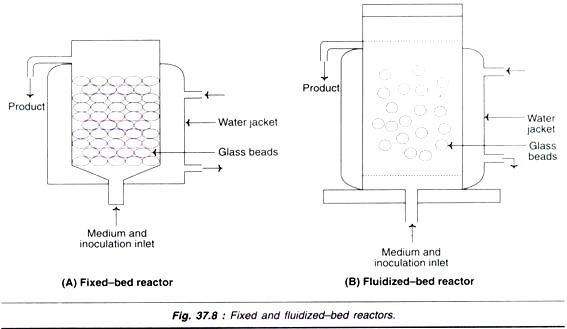 III. Aerial modifications of Stem:
III. Aerial modifications of Stem:
In certain plants, the aerial stem or buds get modified to perform special functions like climbing, protection, food storage, vegetative propagation etc.
The various aerial modifications are as follows:
1. Stem tendrils:
Stem or its branches get modified into green thread like leafless structures called tendrils which are meant for climbing. These may be branched or un-branched. A scale leaf is always present at the point of branching of the tendril.
Stem tendrils are of four types:
(a) Axillary tendrils-e.g., Passiflora
(b) Extra-axillary tendrils-e.g., Cucurbita, Luffa
(c) Leaf-opposed or Apical bud tendrils, e.g., Grapevine (Vitis)
(d) Floral bud or Inflorescence tendrils – e.g., Antigonon, Cardiospermum (Balloon vine
These are straight, pointed, hard or woody structures sometimes they bear leaves, flowers or even may be branched. In Citrus, Duranta and Aegel thorns are modified axillary buds; in Carrissa (Or. Khirkoli) terminal bud gets modified into thorn. Thorns are used as organs of defence or climbing (e.g. Bougainvillea) and check transpiration.
3. Phylloclades:
These are fleshy, green flattened or cylindrical branches of unlimited growth. The leaves are modified into spines or scales to check transpiration. They take part in photosynthesis and store water. These are seen in xerophytic plants like Opuntia, Euphorbia, Casuarina, Cocoloba etc.
4. Cladodes or Cladophylls;
These are green cylinderical or flattened leaf-like branch of limited growth. In Asparagus, the cladodes are one internode long and in Ruscus the cladodes are two internode long. They help in photosynthesis.
5. Bulbil:
These are modified vegetative or floral buds with stored food and meant for vegetative propagation. In Dioscorea, bulbils are condensed axillary buds while in Agava and lily the floral buds develop into bulbil. They detach to become new plants.
6. Thalamus (= Receptacle or torus):
It is a condensed stem axis that bears words of floral organs -calyx, corolla, androecium and gynoecium. In Gynandropsis, Cleomeand Silene the thalamus exhibits clear nodes and internodes.

